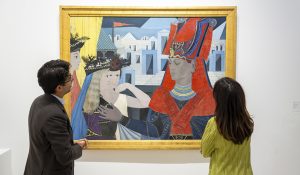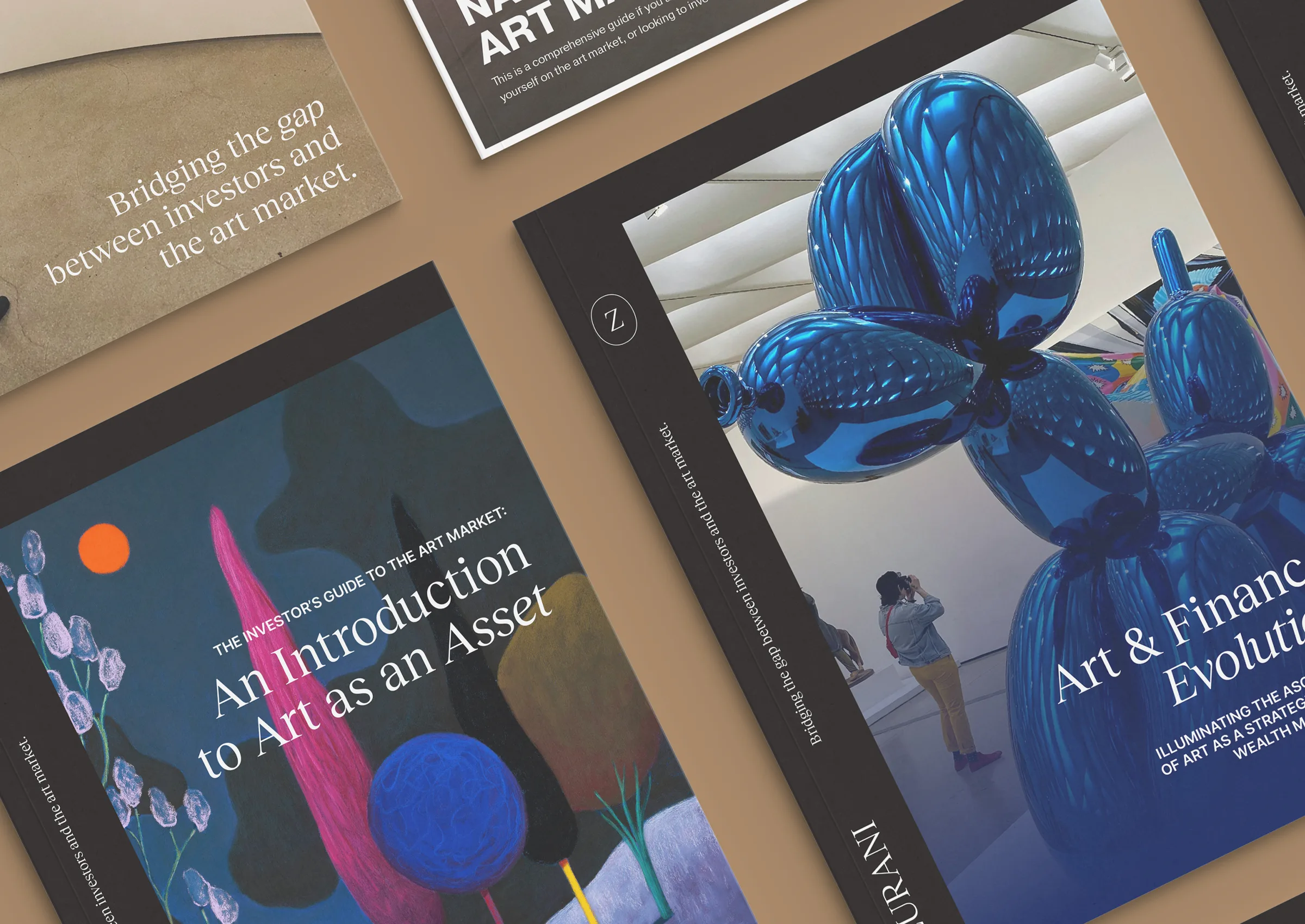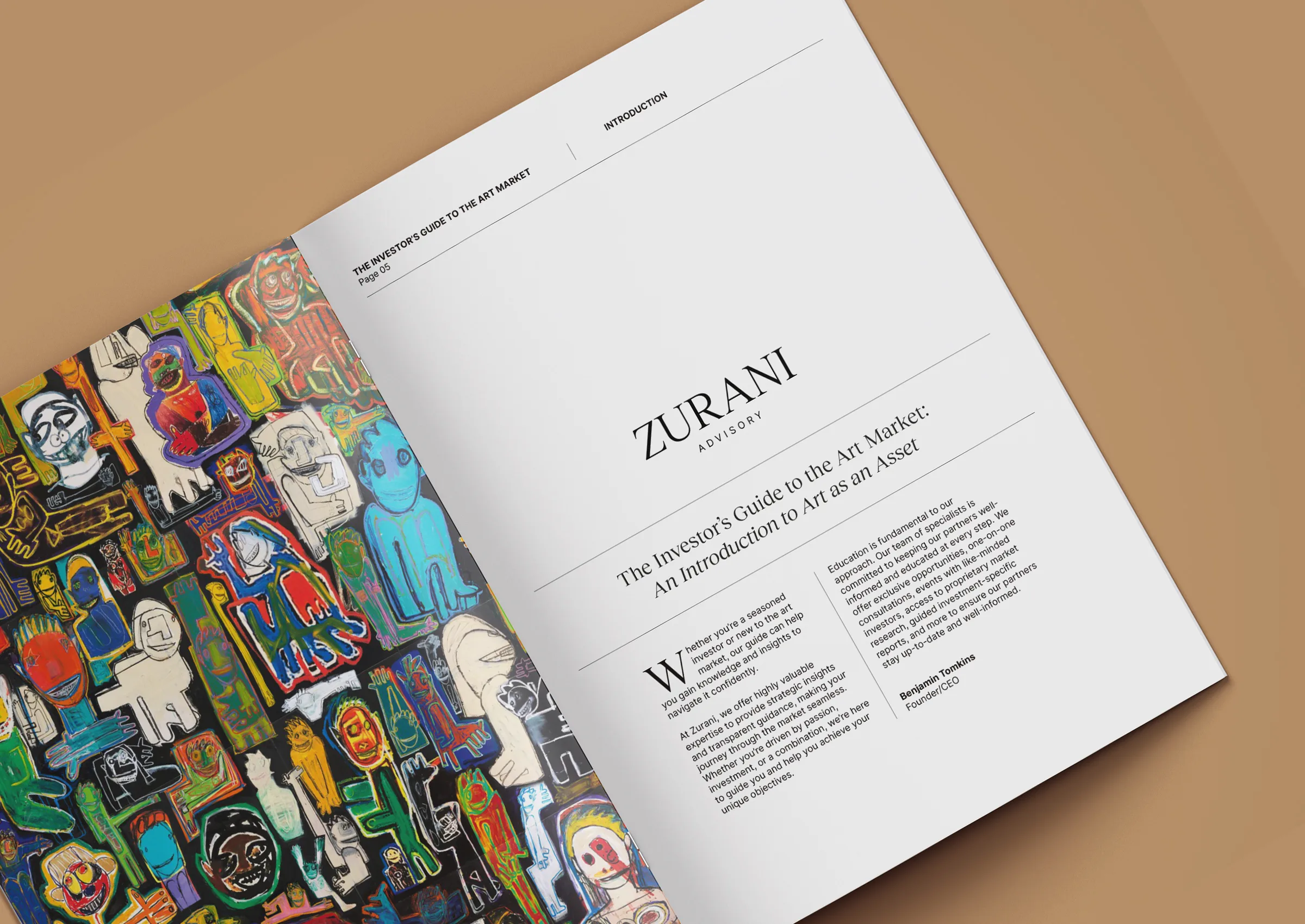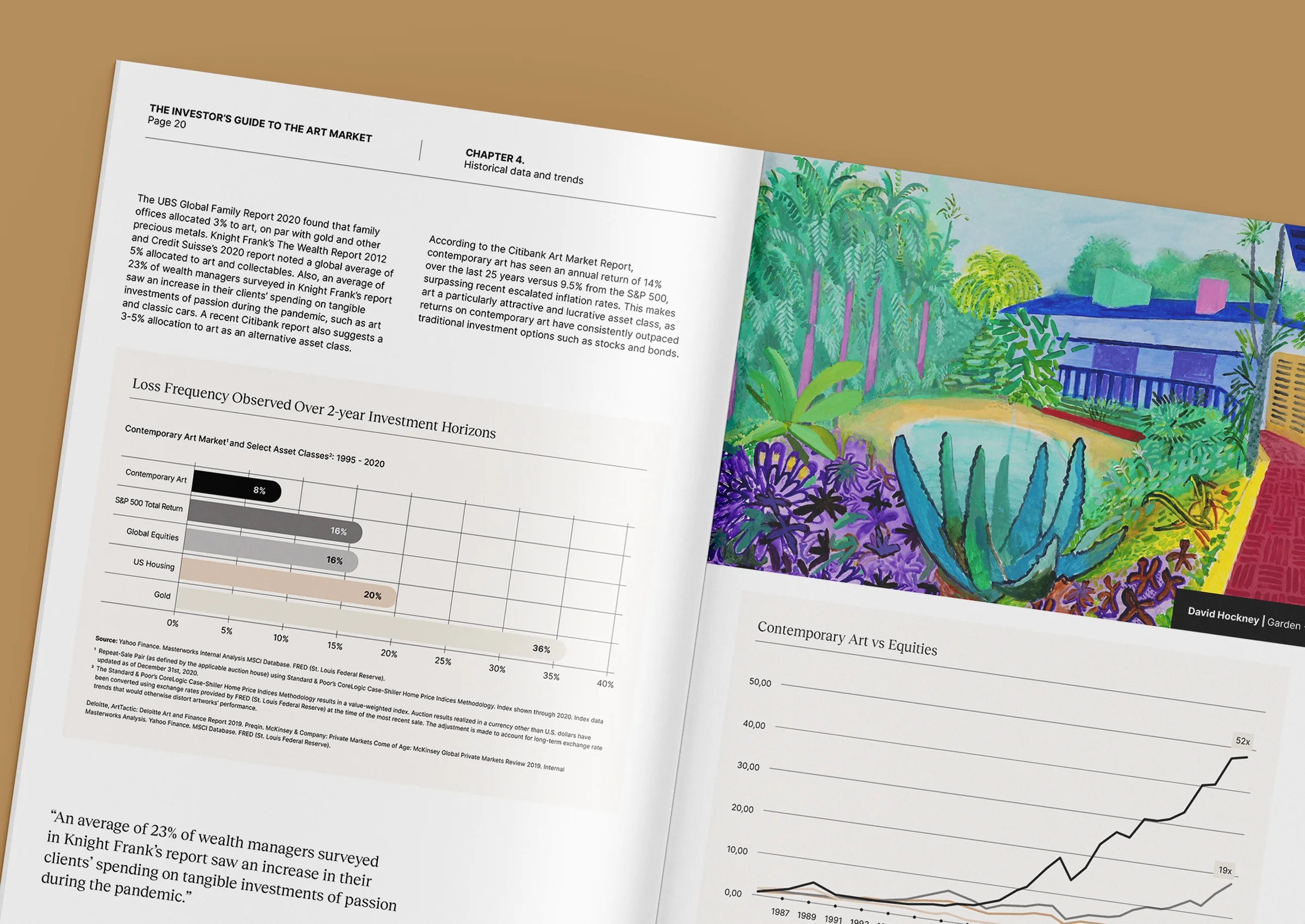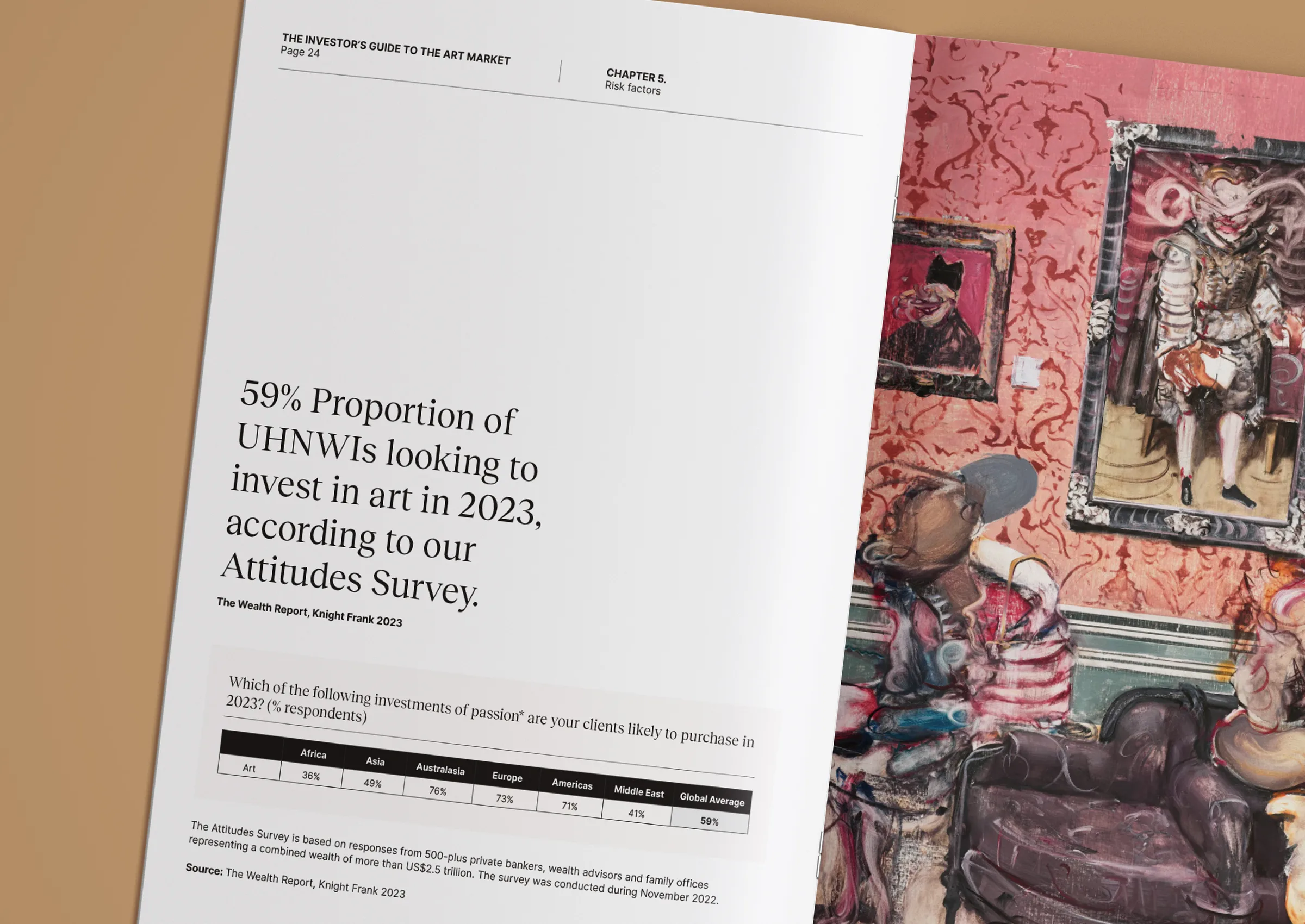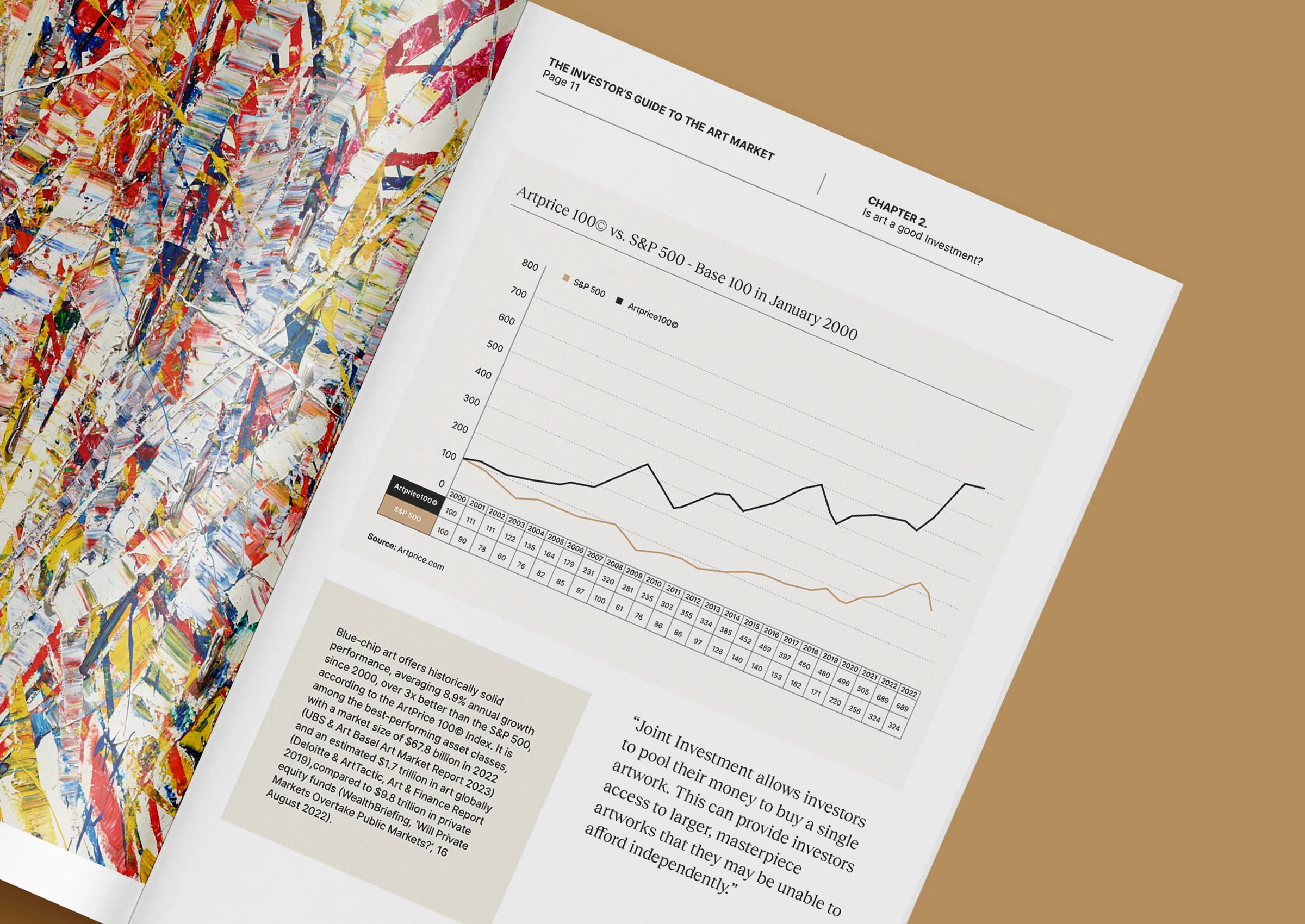Why today’s collectors are opening their collections to the public
For many collectors, building a collection is a deeply personal experience. It’s about emotion, discovery, and the quiet satisfaction that comes with living with great art. But increasingly, a new question is shaping the private collecting landscape: what happens when the world sees what you’ve built?
Across the globe, an increasing number of high-net-worth collectors and family offices are opting to lend artworks to museums. Not just for special exhibitions, but as part of a longer-term strategy, one that balances access with legacy, visibility with purpose.
At Zurani, we’re seeing this shift reflected in our own client base. Whether supporting a major retrospective, nurturing cultural ties, or planning for future estate structuring, collectors are exploring how their art can live beyond the private sphere. Here’s why museum loans are becoming a defining feature of thoughtful collecting.
A legacy shared is a legacy strengthened
Lending art to a museum is more than an act of generosity. It’s a statement. It says: this work matters, not just to me, but to the public record of culture. For collectors with a long-term perspective, this carries significant weight.
When a piece is exhibited at a respected institution, it becomes part of a broader narrative. It gains context, scholarly attention, and exposure to new audiences. And that visibility can have lasting effects, reinforcing the artwork’s importance, increasing demand, and strengthening its provenance.
But more than that, lending offers something intangible: a sense of contribution. For many collectors, it’s a way to honour the artists they believe in, support institutions they care about, and share something deeply personal with the wider world.
Visibility enhances value, but it also deepens meaning
There’s a practical dimension to art loans that’s difficult to ignore. A work loaned to a museum typically receives increased recognition in catalogues, academic research, and press coverage. This kind of exposure can significantly bolster the long-term market value and reputation of both the artwork and the artist.
However, the most forward-thinking collectors aren’t loaning to increase resale value; they’re doing it to deepen meaning. A loan allows a work to be seen in a different light, positioned alongside others, and woven into a broader curatorial story. That shift in context can alter how the piece is understood, both by others and often by the collector themselves.

Strategic reasons to loan art
Beyond visibility and impact, there are strategic benefits to art loans, especially when planned thoughtfully. These include:
1. Provenance and credibility
Museum loans become part of a work’s exhibition history, increasing its scholarly and market legitimacy.
2. Insurance and care
Loan agreements typically include comprehensive insurance, conservation oversight, and secure transport, meaning your work is protected while in institutional care.
3. Estate and legacy planning
For collectors considering intergenerational transfer or philanthropic legacy, museum loans can serve as a bridge to eventual donations, foundations, or posthumous exhibitions.
4. Relationship building
Lending opens doors to closer relationships with curators, scholars, and institutions, which can be valuable in shaping future collecting or donation strategies.
What to consider before lending
While museum loans offer significant rewards, they do require planning and care. At Zurani, we support clients through every stage, from assessing the condition of the artwork to negotiating loan terms and liaising with curators and legal teams.
It’s important to clarify:
- The loan duration: Short-term exhibition or multi-year agreement?
- The loan purpose: Solo show, survey, or themed exhibition?
- Condition and transport responsibilities: Who manages what, and how?
- Publication rights: Will the work appear in catalogues or museum literature?
Each of these elements affects both the experience of the loan and its long-term value for the collection.
Sharing as strategy, not sacrifice
Some collectors worry that loaning diminishes the intimacy of collecting, that letting go, even temporarily, risks losing connection. But many find the opposite.
Loaning can actually deepen your relationship with a work. Seeing it through someone else’s eyes, positioned differently, in a new space, often renews appreciation. It also allows others, sometimes for the first time, to engage with an artist or story that might otherwise remain private.
As collecting becomes more legacy-focused and as museums seek stronger ties with the private sector, this spirit of collaboration is only growing. And at its best, it’s not transactional, it’s transformational.
To explore how strategic museum loans can support your collection’s visibility, legacy, and cultural impact, speak to our team at +971 58 593 5523, email us at contact@zurani.com, or visit our website at www.zurani.com.



